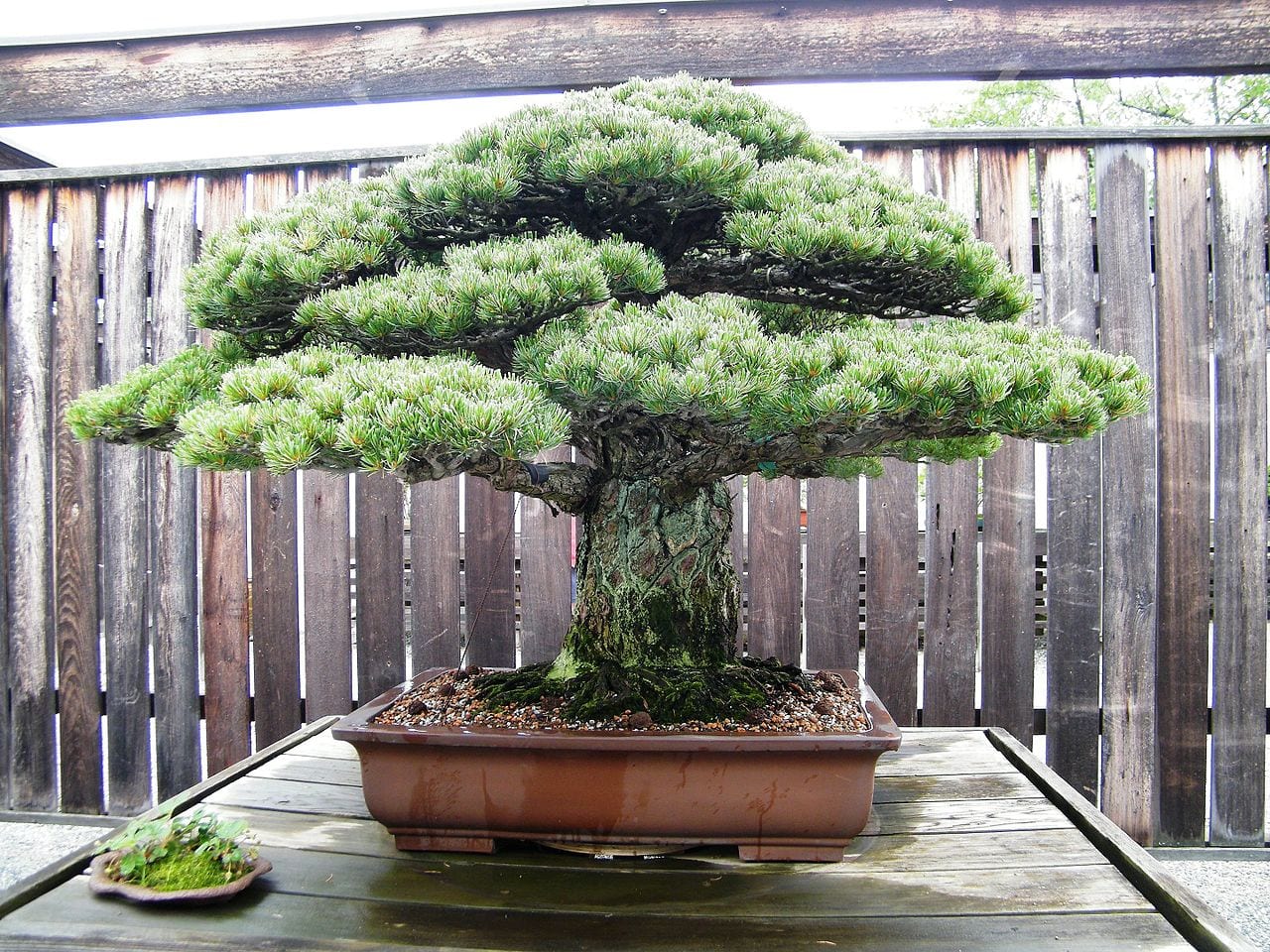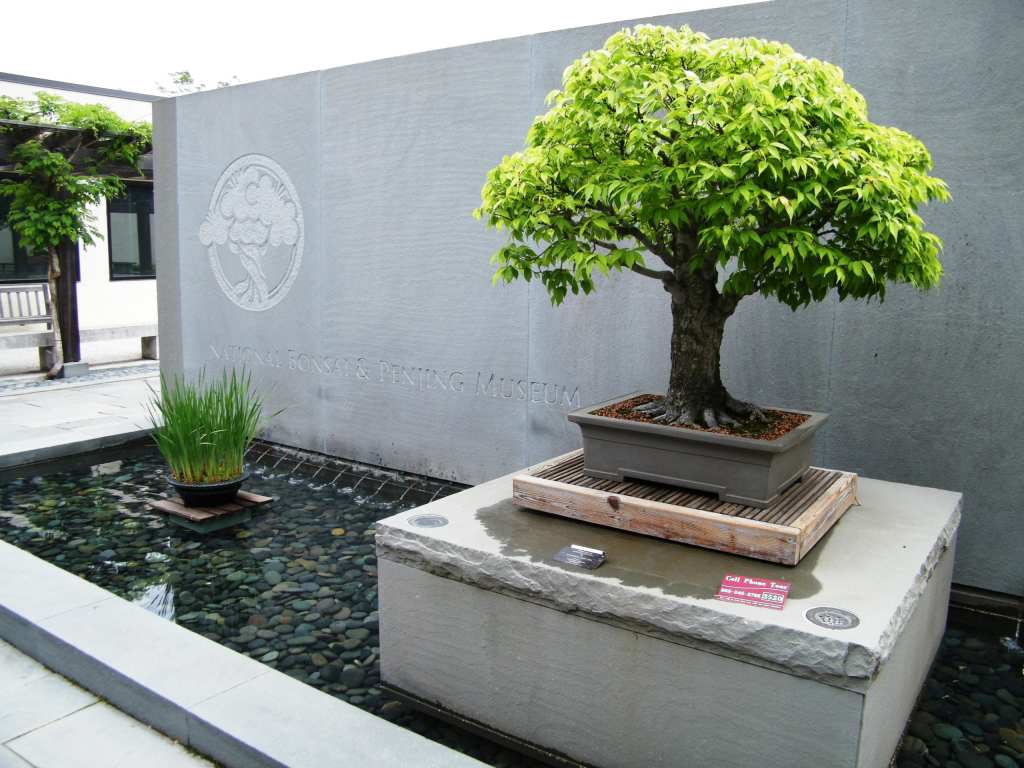In Washington D.C., one extraordinary museum holds some mighty special trees. These trees aren’t giant oaks or flowered with cherry blossoms, though. The National Bonsai Museum, rather, is home to 150 species of trees pruned and cared for in the manner of bonsai – a traditional Japanese cultivation technique that produces trees in miniature.

The museum opened in 1976 to exhibit a gift from Japan of 53 bonsai trees commemorating the U.S. bicentennial and presented to Secretary of State Henry Kissinger. Their botanical gift joins the 3,000 cherry trees, given by Japan in 1912, that famously still grow today around D.C.’s National Mall.

The exceptional display of bonsai trees can be found in the Department of Agriculture’s National Arboretum. Over the years, the collection has grown to include various species, including beeches, maples and pines, among others.

Photo Credit: Wikimedia
As the Japanese style of bonsai varies, there are several design types to see at the museum. Look for Chokkan style, characterized by a straight tapered trunk with thick branches coming from the middle of the trunk and finer sproutings at the top for a formal tree shape.
You can also see the dramatic kengai trees, which appear to “cascade” down mountains. Others on display are “root-over-rock,” where the tree’s roots reach around a stone base before disappearing into earth, and “forest” style, that have several trees, usually an odd number, arranged in a single container.

Photo Credit: Wikimedia
The absolute can’t-miss specimen of the entire exhibit is a Japanese white pine. The tree was started in 1625 and tended by five generations of the Yamaki family until it was donated to the U.S. It’s also called the Hiroshima Survivor because it emerged unharmed from the atomic bombing of the city of Hiroshima in 1945.
Bonsai gives both the viewer and the cultivator the opportunity for quiet contemplation. In a busy city that represents a country as dynamic as the U.S., this museum is an excellent place to root your soul.






